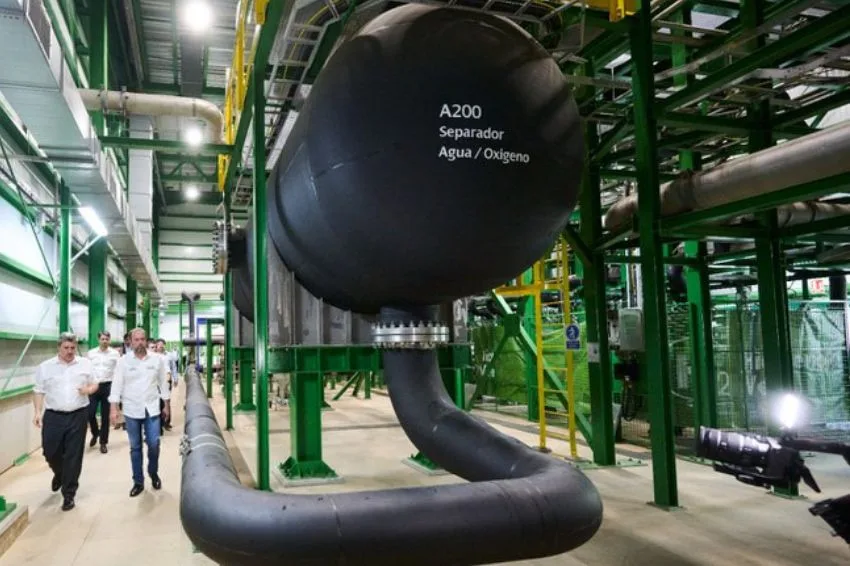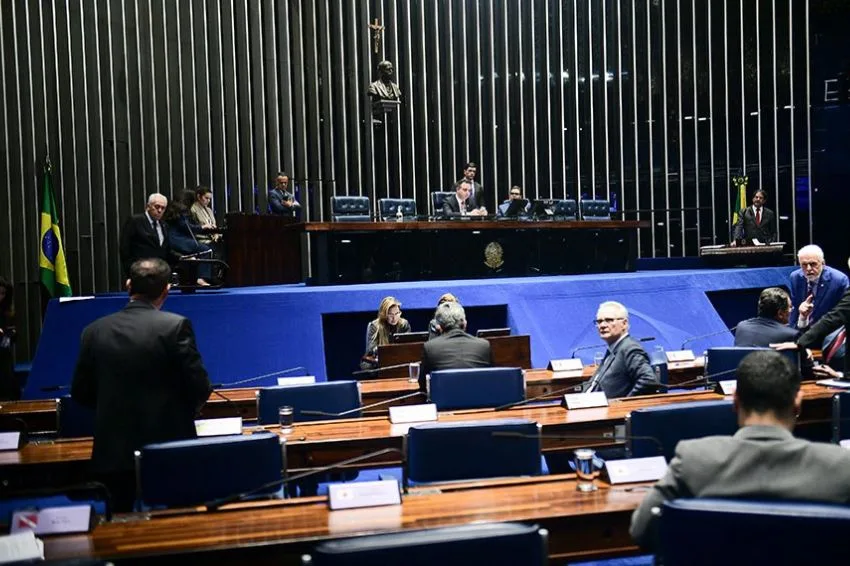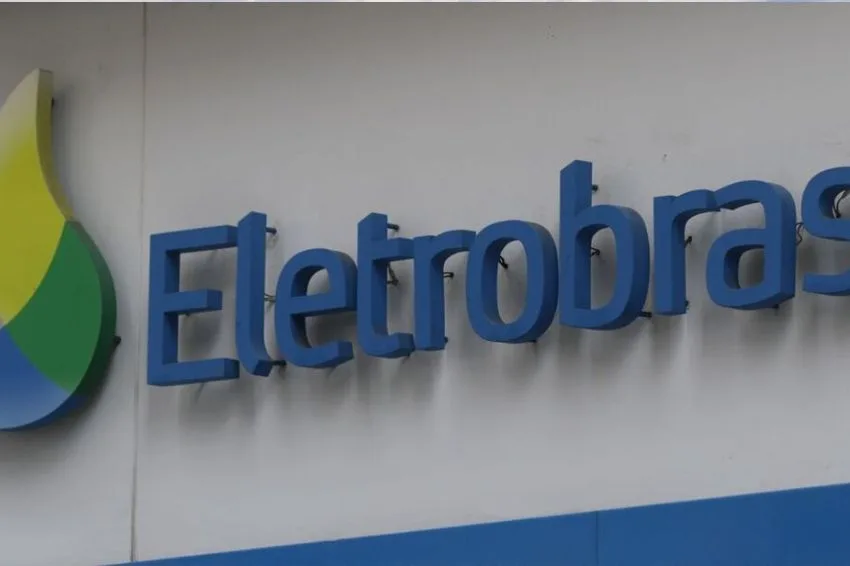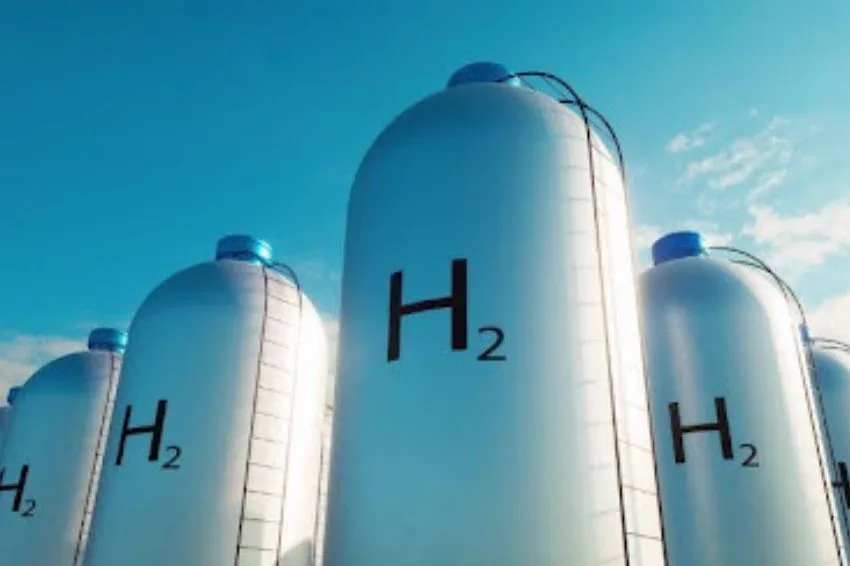O preliminary result from a study carried out by the SENAI Institute for Innovation in Renewable Energy (ISN-ER) pointed out Rio Grande do Norte, Bahia and Ceará as the states that will potentially have the lowest cost of producing green hydrogen in the country.
“Depending on the business model adopted, the cost of production in the country is estimated between 2 and 7 dollars per kilo hydrogen (large-scale production), while in Europe, due to factors such as the war between Russia and Ukraine, the price of natural gas and the high demand, the value can currently exceed 10 euros, depending on the application and region (approximately 10.76 dollars, considering the currency exchange rate of 03/24)”, said ISI-ER researcher, Raniere Rodrigues.
The researcher spoke with the Solar Channel and said that the international market is keeping an eye on our country, investing in research to guide strategies for evaluating this hydrogen. The study, being developed at ISI-ER, in partnership with the German international cooperation agency GIZ and the consultancy Niras, will show the cost of hydrogen production in Brazil until 2050.
“What we are doing in Brazil is a study to evaluate the production capacity of this hydrogen through wind, solar, hydraulic and biomass energy. With this study we will provide the potential by state, geographically presenting where it can produce, how much it can produce and the cost of this production.”
According to Raniere, the Northeast states appear as the most promising regions in this context, due to cost and availability of areas. “But one thing that will greatly influence will be the available energy infrastructure, and the location of the consumer market, who will serve it. This will be strategic.”
Completing 9 months of research, the study will have its final version released in April. So far, only preliminary data has been shared. The study was divided into two parts: the first part presents production capacity and production costs; the second shows where hydrogen is inserted in the industrial production and transport chains.
According to Rodrigues, only 4% of the hydrogen produced in the world comes from the green route, that is, hydrogen obtained by electrolysis. The main justification is that green hydrogen is not yet competitive with gray hydrogen (natural gas route).
The main components that impact the cost of hydrogen are the use of energy and investments in equipment (electrolyzer). “We hope that with incentives and investments the price of green hydrogen will fall.” The cost of H2V is expected to fall by 70% by 2030.
















